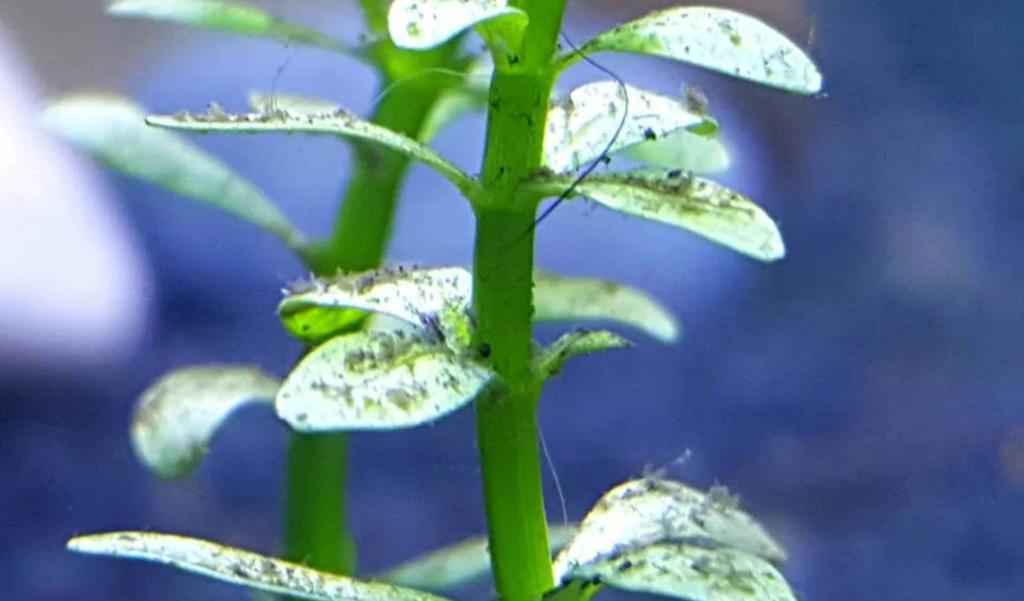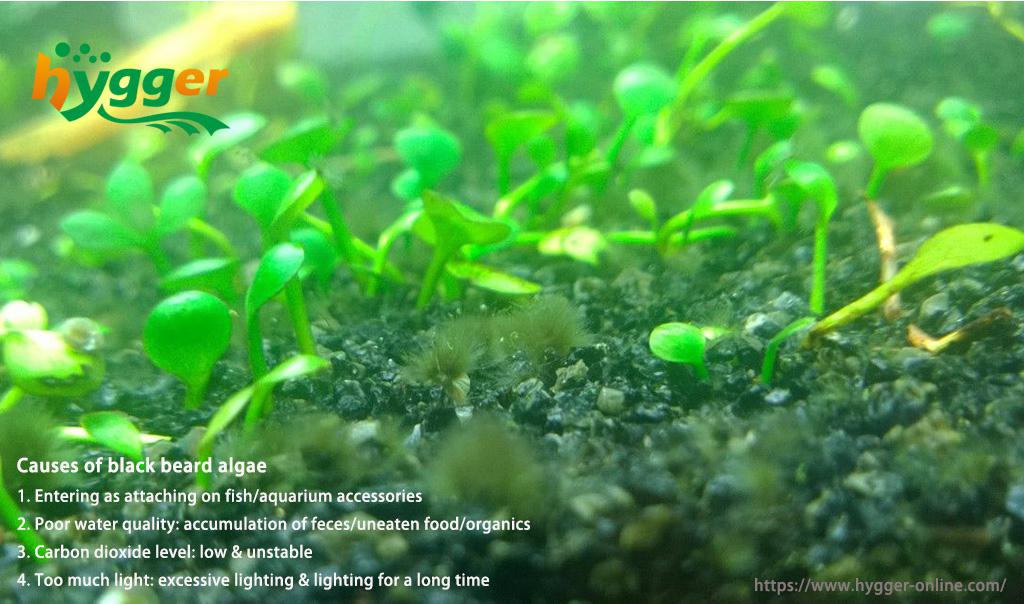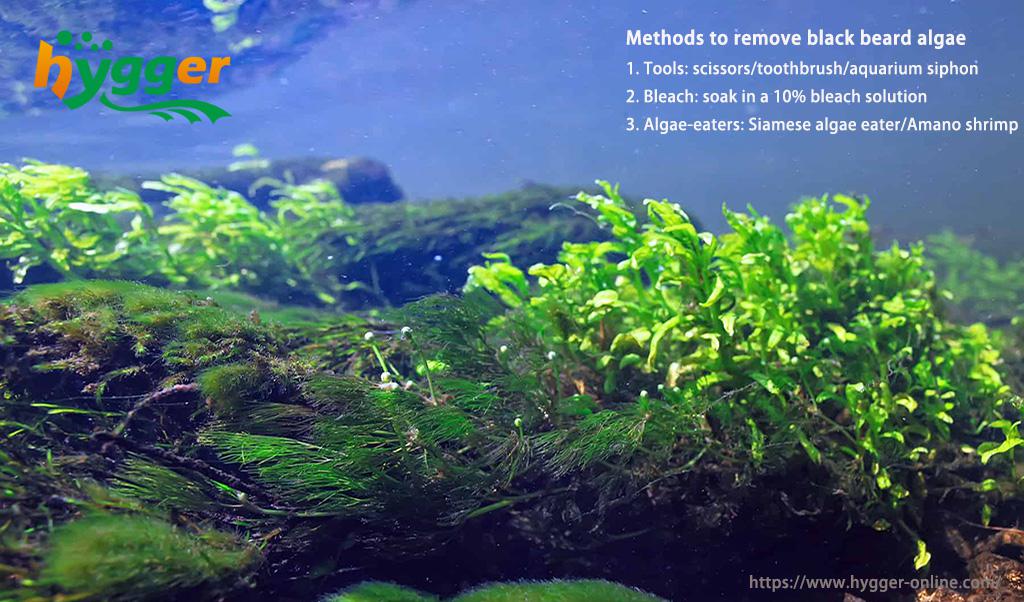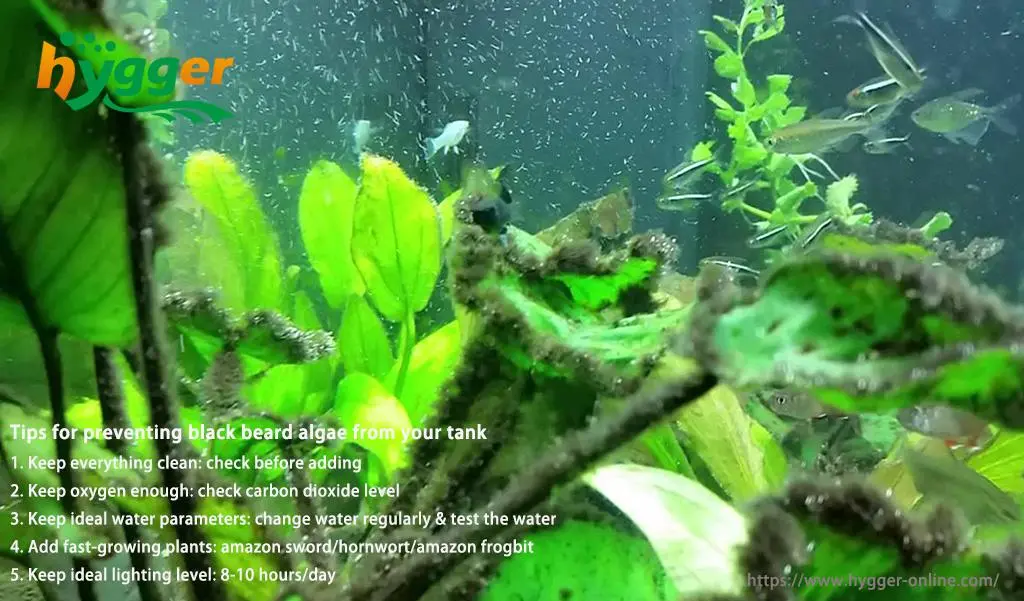How to Get Rid of Black Beard Algae
Have you ever become lose one’s head when facing black beard algae in your tank? Exactly, the black bead algae are extremely difficult to remove from aquariums. More importantly, once the black beard algae thrive in your tank, it is better to remove them as soon as possible. In this article, we will help you possess a deeper understanding of black beard algae and prevent them from your tanks.
Content Table
Black beard algae (BBA)
Black beard algae are abbreviated as BBA, and their scientific name is Audouinella. They are one kind of algae from the red algae family and have colors in black, dark green, and dark red. They possess good adaptability, nevertheless, they are potential threats to your aquarium. There are two main growth types – attachment and floating. The attachment one usually grows on the edges of aquatic plants’ leaves first and then covers the whole leaves. Growing on rocks or stones is also possible.
However, the floating one is not as common as the attachment one. Besides, you can also find the algae on the gravel, stones, rocks, and wood, as well as the inlet and outlet of the aquarium filter. The black beard algae propagate by endospore.

Black beard algae will not release toxic substances into the water. Unfortunately, they are still harmful to plants and fish in your aquarium. For one thing, they will block the light, which is essential for aquatic plants. For another, the algae are fatal for fish.
What causes black beard algae
After learning what is black beard algae, it is time to know the reasons for growing in tanks.
1 .Attach on new fish or aquarium accessories
Black beard algae may attach to aquarium accessories, such as gravel, rocks, and wood. If the accessories are not clean, the algae will enter your tank when you add the accessories into your aquarium. On the other hand, the algae may also float with fish. If you do not pay attention to this, the algae will also enter your aquarium.
2 .Poor maintenance
Without proper tank maintenance, feces, uneaten food, organics, and other debris will accumulate. And it will lead to poor water quality, high pH levels, and water hardness for example. Besides, the organics will be decomposed to nitrates, which accelerate the thriving of the algae.
3 .Low or unstable level of carbon dioxide
Low carbon dioxide is beneficial to the black beard algae. And the algae can take carbon from hydrogen carbonate. The process will improve the pH level. Keeping stable carbon dioxide levels will help aquatic plants absorb more nutrients and then limit the black beard algae.
4 .Too much light
Black beard algae will grow fast because of excessive lighting and lighting lasting for a long time. Different plants may require different levels of lighting. Plants of low light levels can not grow well in high light.

Get rid of black beard algae
Though black beard algae are hard to remove, here are also some methods to get rid of them.
1 .Prune with tools
The easiest method is to trim off the leaves with black beard algae. On the other hand, you can remove the algae from rocks with a toothbrush. Moreover, remove the algae and detritus from your tank with an aquarium siphon.
2 .Apply bleach
During the primary period, you can just prune some leaves attached with black beard algae. But if the algae take the dominant place, pulling and treating aquatic plants and wood will be required. To kill the black beard algae and keep the aquatic plants alive, it is feasible to soak everything in a 10% bleach solution for three minutes.
3 .Introducing algae-eaters
Algae can be a food source for some fish and invertebrates. Algae-eaters, Siamese algae eaters, and Amano shrimp for instance will consume black beard algae. Siamese algae eater not only eats black beard algae but also other algae. They can grow up to 6-7 inches. It is a social fish, thus, keeping three in your aquarium is better, while six is the best. In addition, Amano shrimp can grow up to 2 inches. However, they will eat black beard algae only when there is no other algae or food in your tank. Besides that, there are also other algae-eaters, including Chinese algae eaters, American flagfish, and Nerite snails, you can get more information here for cleaner fish profiles.

Reminder
Nonetheless, compared with removing the algae, it is better to prevent them from entering your aquarium. Aside from all mentioned above, there are also some tips for the prevention of black beard algae in tanks.
Keep everything clean before adding or using
Check the aquarium accessories and new fish before adding them to aquariums. Before introducing new fish, you can also quarantine them in another tank for about 2 weeks. If there are black beard algae, you can scoop them with an aquarium net. By the way, it is recommended to clean your aquarium aquascaping tools after use. Or the black beard algae attached to the tools may spread to other tanks.
Keep oxygen enough
Since the black beard algae thrive under low carbon dioxide environments, keeping plenty of oxygen is critically important. Meanwhile, you should check the level of carbon dioxide once you find the algae in your tank.

Keep ideal water parameters
Firstly, change the water regularly. It can help to lower the levels of nitrates, ammonia, and other nutrients. Meanwhile, while changing water, you can add reverse osmosis water (RO water) to decrease the hardness level. In addition to this, testing the water to check the water parameters, including the levels of pH, ammonia, and nitrites. By the way, do not overfeed and overstock or the accumulated uneaten food and waste will bring bad effects to your aquarium.
Add fast-growing plants
Fast-growing plants consume nutrients faster than slow-growing ones. As a result, there are fewer nutrients for black beard algae, consequently, it will limit the growth of the algae. Amazon sword, hornwort, and amazon frogbit are fast-growing plants.
Keep ideal lighting level
Lighting with high intensity or lasting for a long time will accelerate the spread of black beard algae. It is recommended to keep the aquarium light on for about 8-10 hours per day. And you can adjust the light intensity according to the plants and fish in your tank.
After reading, we hope this article will give you a hand in the battle with black beard algae. That is all for today, thanks for your reading! More any other ideas? Welcome to leave your message in the comment.
